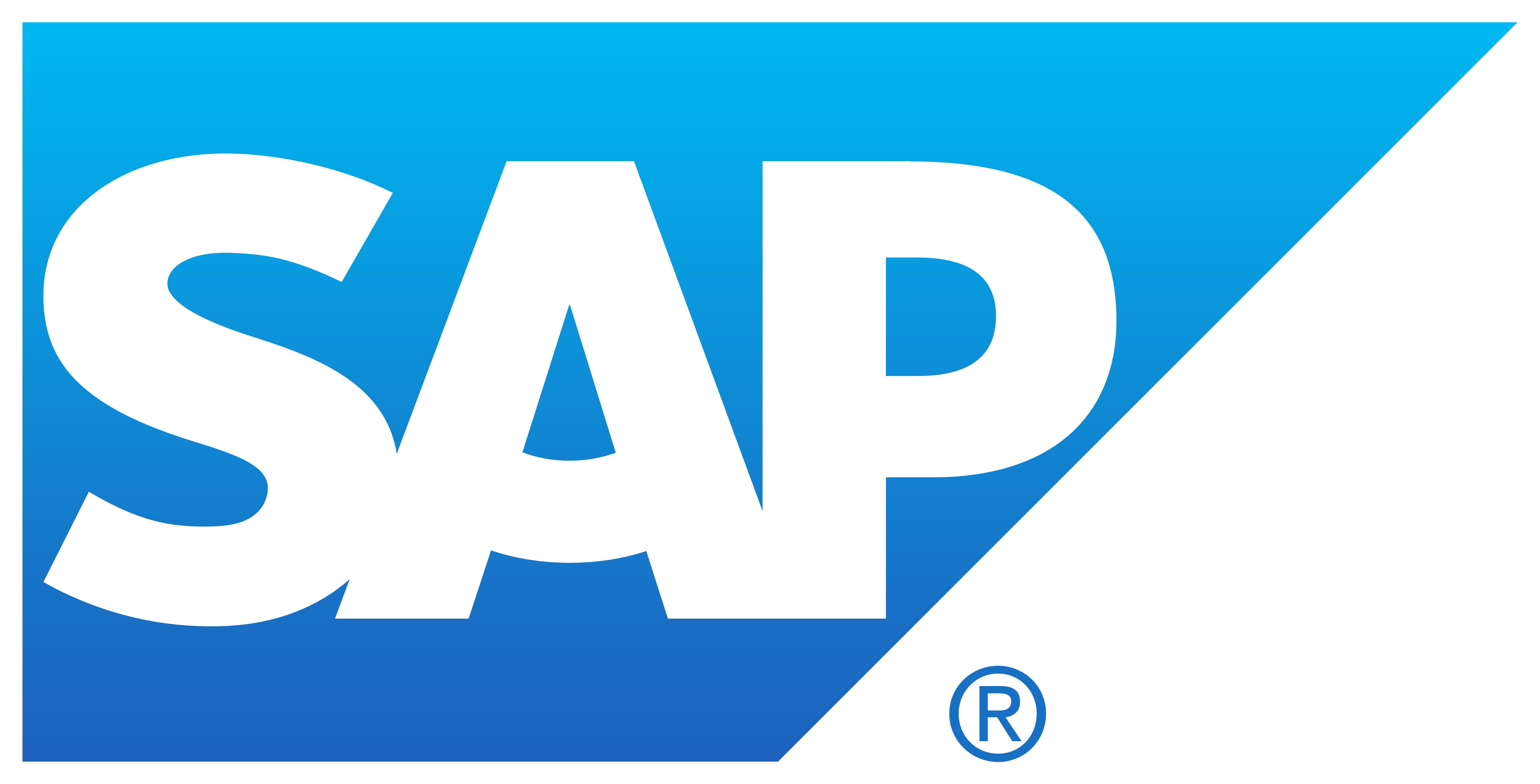The digitalisation of HR: the case for change
Over the past five years, a significant trend towards the digitalisation of HR processes was emerging. It was understandable, reflective of people’s behaviour, happening at a pace most organisations understood and dealt with.
Then the pandemic hit and with it, almost overnight, compulsory remote working. Some employees loved it: they discovered they were as productive, they were richer, they were happier. Others struggled with a lack of tools, accessibility and communication with their employer and co-workers as not every organisation had the HR and technology infrastructure to cope.
In a recent People Management Insight webinar, Michael Esau, Global HR Advisor at SAP; Sue Yell, HR Director, Warburtons and Jenny Roper, Editor of People Management magazine discussed Warburtons digital transformation journey and how the implementation of technology, while crucial, is only part of the requirements for a successful future.
A significant turning point
Covid-19 forced huge amounts of change and disruption in all of our lives, both personally and in organisations, but Esau believes we had already reached a significant turning point prior to the pandemic. “The lives that people were living outside of the workplace had rapidly changed. People now communicate with companies using digital channels and they expect a great experience with every interaction.
“So, when we start to think about how organisations have to re-organise for this new way of working and the way it affects the workforce, we need to look at three things: the culture; the climate and the way this weaves its way through the total experience. And I firmly believe that these are key drivers in how we will sustain our organisations into the future.”
Digitalisation of HR at Warburtons
“The important thing about Warburtons, apart from being a family-owned and values-led business, is that we put a lot of attention and care into doing the right thing. But we operate in a very challenging sector, changing consumer habits and retailer pressures on suppliers all have significant implications for innovation, for quality and for our infrastructure – which, of course, must all be fit for purpose,” said Yell.
Warburtons focus is always on customers and consumers and the company hasn't invested in HR infrastructure since 2002. It was therefore really important to convince the business of the value of making the transformation. Back in 2018, the company’s HR team undertook a full operating model review, sought customer feedback and did an external benchmark exercise so they could understand how it compared with other companies in terms of costs and size of service. They then used all this data to build a robust case for change.
“I’m obsessed with simplicity and that was one of the key elements of our design principles,” said Yell. “It’s wrong to assume that the technology itself is the silver bullet, it isn’t. It’s what you do with it that really matters. We didn’t see the programme as a system project. For us this is a business change and involved the whole organisation.”
From a Skoda to a Ferrari
“We made a shift from 23 legacy systems into the integrated SAP suite of modules and we liken it to shifting from driving a Skoda to driving a Ferrari,” said Yell. “We will be moving from 75% HR hand-held touchpoints to 75% self-sufficiency for our managers and we’re targeting 20% informed assistance and 5% expertise.”
To help their people with the change, Warburtons HR team created a knowledge base which is like “Google for HR” which has more than 150 articles, templates and documents to answer frequently asked questions.
“Because this has been a cultural change, we ensured we put as much effort into the capability, change and communication side of this project as we have into the systems, process and technology,” said Yell.
The case for change
“It’s so far so good,” said Yell, when summarising Warburtons digital transformation journey.
“For any digital transformation to be successful you need to have a very robust business case and the buy-in from your key stakeholders. But in HR we do need to think differently, we have to be brave, we have to have the courage to recommend transformational change and not just to tinker around the periphery – and be prepared to validate it.
“We don’t have all the answers yet, but what has become obvious to me is that doing nothing in this space is simply no longer an option. Without the technology there is no way we would have been able to support the business’s needs to during the pandemic.”
Esau expanded: “For us, there are four key things when considering the case for change. First, in the context of your business strategy what needs to change to help the people in your workforce? Second, is it doable? Are you set up to make this change a success? Are you clear how HR will operate?
“Third, is it technologically feasible? Can it be done? With my experience, there’s a growing realisation that technology has caught up. We now live autonomous, micro experiences in our own homes.
“And lastly, is it economically viable? Any change needs to pay for itself, it needs to make business sense. Is it adding value to the business or is allowing the business to add some real efficiency? Having a very clear argument and justification is crucial,” said Esau.
Watch the webinar session in full here.
SAP believes digital transformation is a fundamental rethinking of customer experience, business models, and operations. It's about finding new ways to deliver value, generate revenue, and improve efficiency – and companies are using innovative technologies to do it. Click here to find out more SAP’s solutions.

